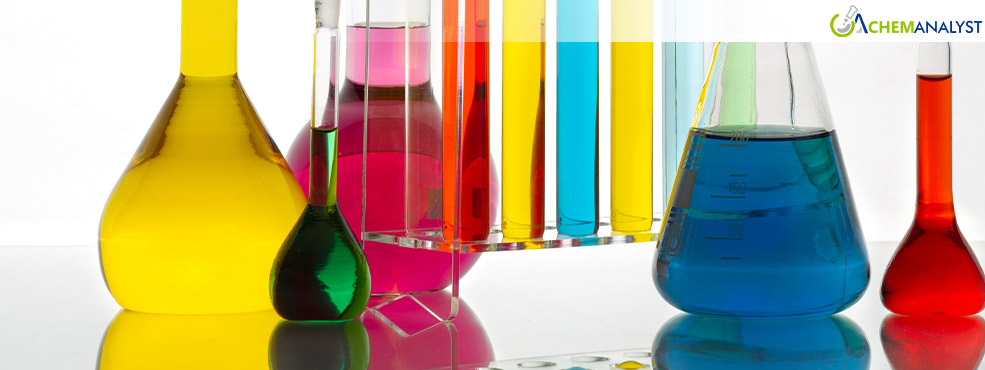Oleic Acid Prices Surge in Indonesia with Further Increases Expected
- 08-Apr-2025 5:45 PM
- Journalist: Philip Freneau
The Indonesian market saw a sharp increase in oleic acid prices during March 2025, with analysts forecasting even higher increases for April 2025. Industry experts point out several factors driving the upward trend in both supply and demand patterns in the region.
Indonesian producers indicate that oleic acid prices have increased since February, mainly because of severe supply shortages. The position of the country as a dominant global producer of palm oil-derived oleic acid has put it in the eye of mounting market pressures.
Production facilities across Indonesia are struggling to meet the rising demand for oleic acid, as supply chain bottlenecks have significantly constrained availability amid aggressive purchasing from downstream sectors.
The beauty and personal care industries illustrate some of the most significant demand for oleic acid, applying multifunctional chemicals to numerous beauty and skincare products. Food processors similarly depend on oleic acid heavily for its emulsification value, stretching limited supplies even further.
Transportation congestion and higher freight costs have added to the shortage of oleic acid. Suppliers indicate substantial logistics difficulties in moving oleic acid both within the domestic market and overseas, adding further pressure to prices.
Unprecedented challenges are being faced in sustaining a steady supply of oleic acid to customers, as inventories have been run down by producers due to past production cycles not anticipating the current levels of demand.
The worldwide drive for sustainable substitutes for petrochemical products has significantly enhanced the role of oleic acid in many industries. Indonesia's established oleochemical industry takes advantage of this trend, further securing the country's strategic position in the oleic acid market.
April's sentiment seems even worse for consumers. Analysts see oleic acid prices rising as seasonal demand builds in several industries. The lingering rain impacting palm oil-producing Sumatra and Kalimantan regions continues to interrupt harvesting activities, further limiting the raw materials available for oleic acid production.
Indonesia's biodiesel scheme, especially the ambitious B40 initiative requiring 40% palm oil-based biodiesel consumption, channels considerable quantities of palm oil into energy production. Such a policy strengthens competition for oleic acid's raw materials inputs into production.
Global buyers in Asia, Europe, and the Middle East more and more seek Indonesian supplies as Malaysian output suffers the same weather-related drawbacks. This demand for exports imposes further strain on local availability.
Manufacturers are recommended by industry analysts to adopt proactive oleic acid purchasing strategies in the face of on-going price unpredictability during Q2 2025.
Ongoing price surges for oleic acid reveal Indonesia's influential position in global oleochemistry while emphasizing accelerating difficulty in catering to global needs for sustainable, bio-based chemicals.



